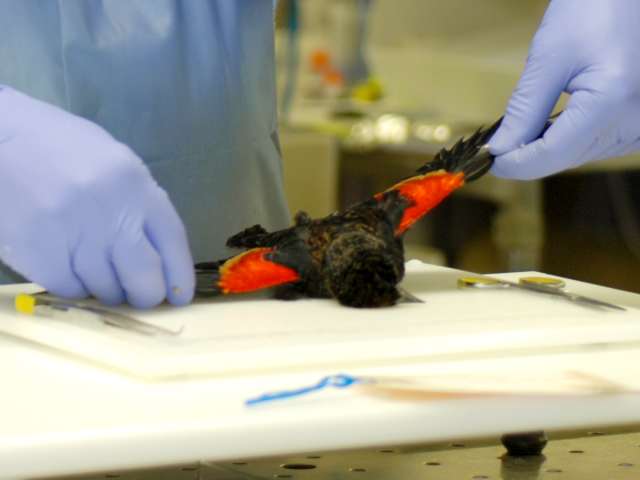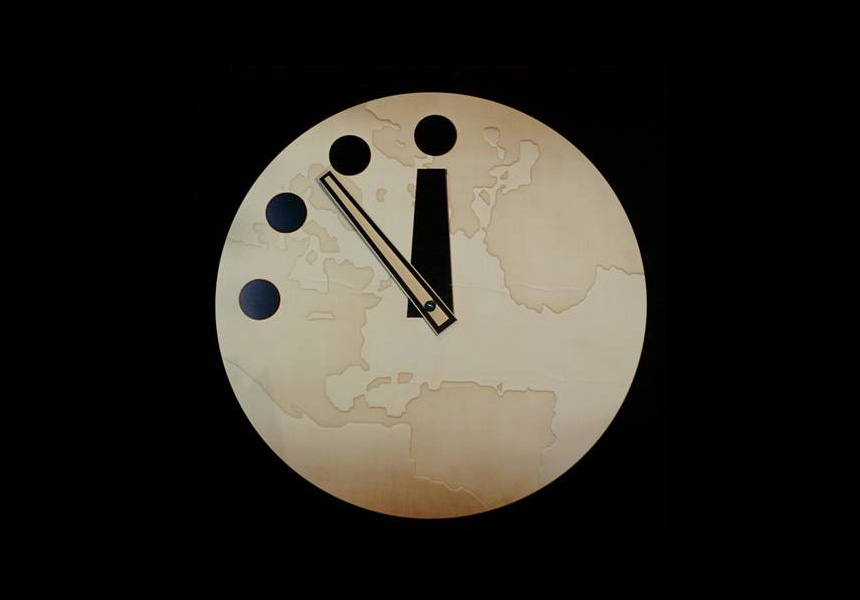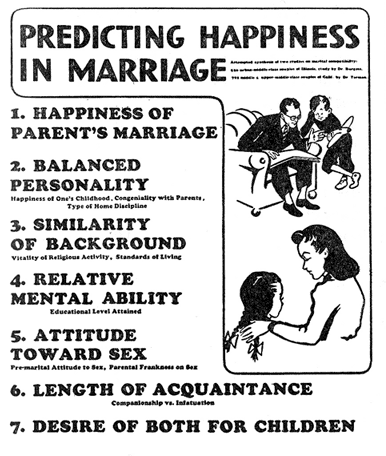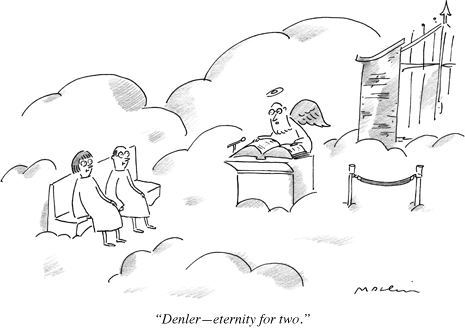My Zombie, Myself: Why Modern Life Feels Rather Undead
Chuck Klosterman, New York Times (December 3, 2010)
Hey, DeathRef Gentle Readers. Meg Holle, Resident Zombie, here (yup, that’s me up top). As an undergrad at the University of Minnesota, my favorite class was “Monsters, Robots and Cyborgs,” offered by the Cultural Studies and Comparative Literature department — probably unsurprisingly, the same weirdos who gave John his Ph.D. in Dead Bodies.
When I wasn’t deconstructing explosive alien birth scenes, asking, “Do androids dream of electric sheep?” or linking the puking, peeing, pustulated, bleeding, crucifix-masturbating girl in the Exorcist to Mary Douglas’ Purity and Danger, I was learning about zombies. Fast zombies, slow zombies, Haitian zombies, zomaggedon, mass consumption, consumerism and Marx.
If this sort of nonsense is also a pet interest of yours (or the subject of your dissertation), check out Chuck Klosterman’s piece in the New York Times:
This is our collective fear projection: that we will be consumed. Zombies are like the Internet and the media and every conversation we don’t want to have. All of it comes at us endlessly (and thoughtlessly), and — if we surrender — we will be overtaken and absorbed. Yet this war is manageable, if not necessarily winnable. As long we keep deleting whatever’s directly in front of us, we survive. We live to eliminate the zombies of tomorrow. We are able to remain human, at least for the time being. Our enemy is relentless and colossal, but also uncreative and stupid.
Battling zombies is like battling anything … or everything.
While there’s no arguing with the mindlessness of modern-day life, Klosterman would have done well to explore more in depth the alternating popularity of zombies and vampires. Vampires peak during economic prosperity — democrats and decadence, soul-sick in opulence, when the only thing wrong with everything is our megalomaniac selves. Zombies, on the other hand, embody the times when everything is wrong with everyone else — waterboarding, bailouts and unemployment.
Of course there is overlap. Marketing works wonders, and fake opulence or the hope thereof (e.g., the first two years of the Obama administration) still counts, and it’s not like those wars ever actually went away. But still. There is more to our monsters than the new black being the old black, unlike the old old black… which is also… coming… back.
Zombie Meg signing off — BRAAAAAAAAAAAAAAAAAAINS!
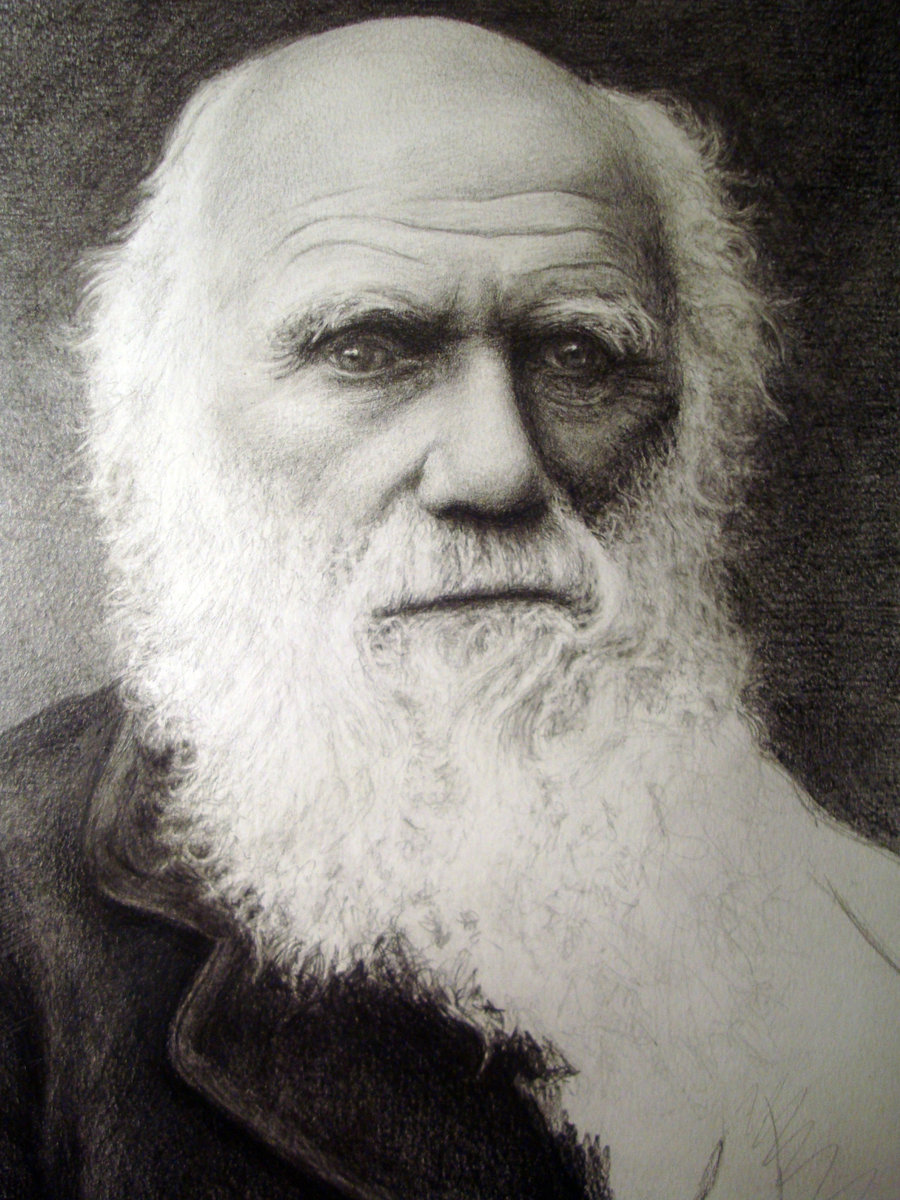
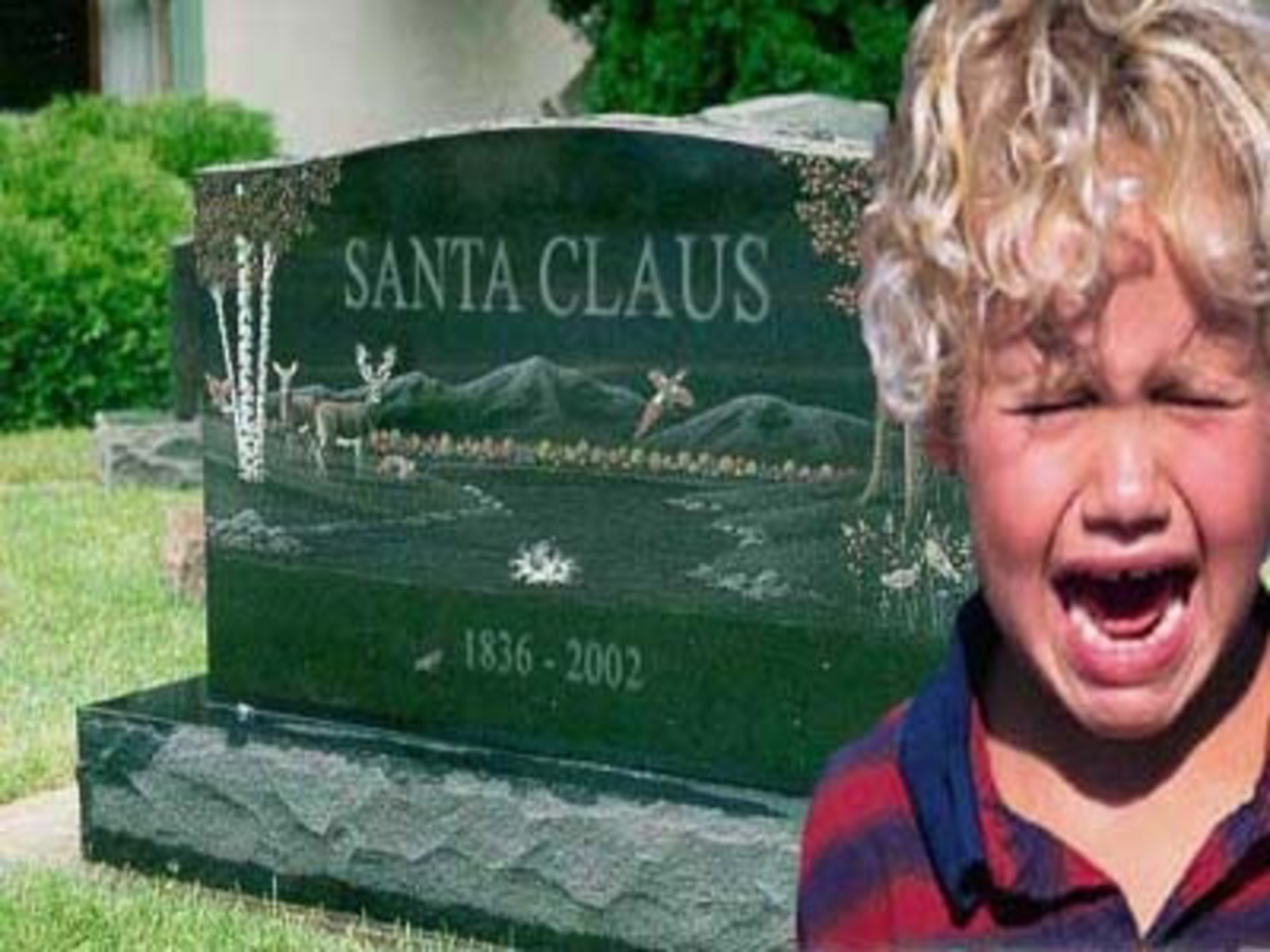


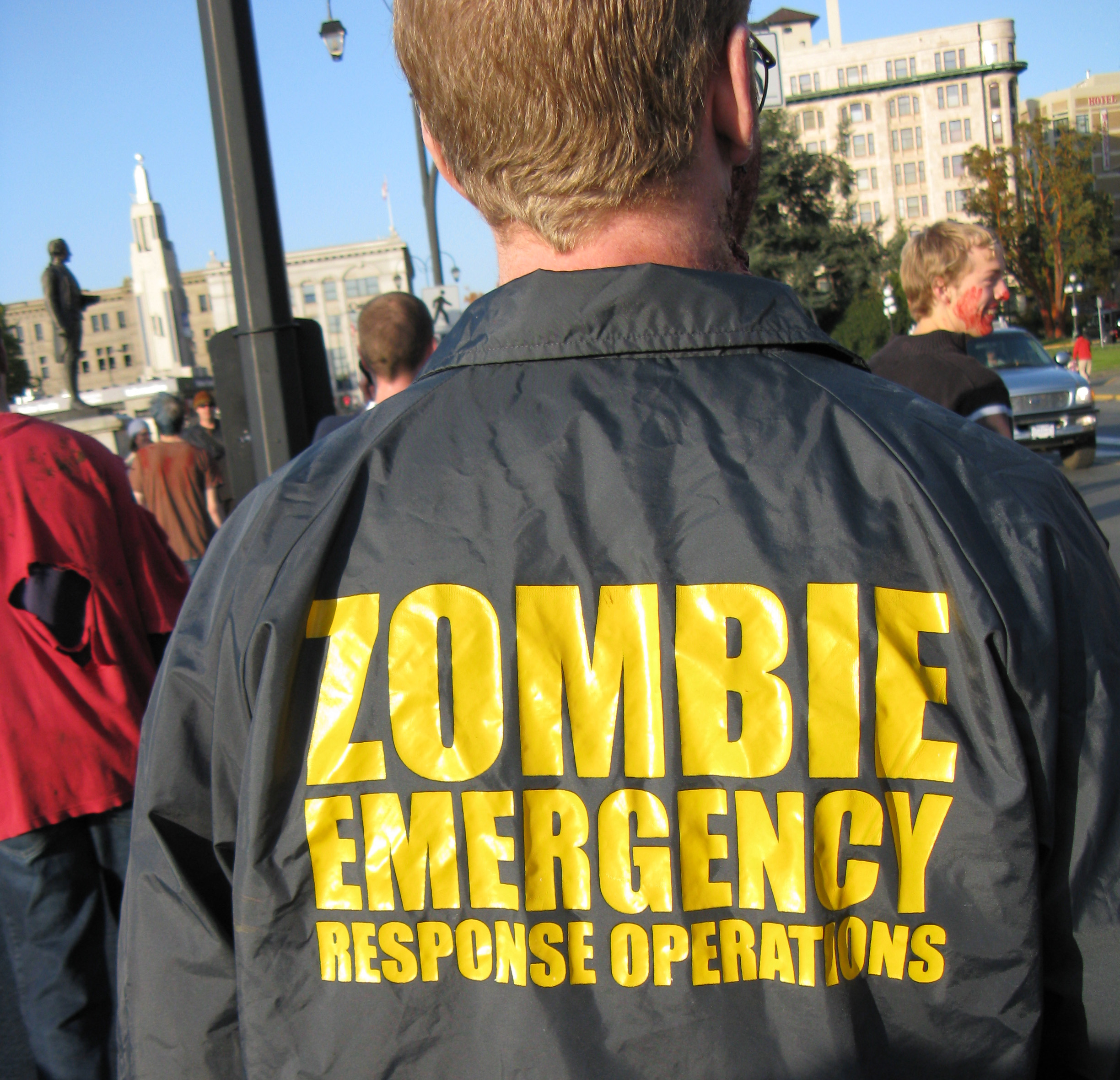
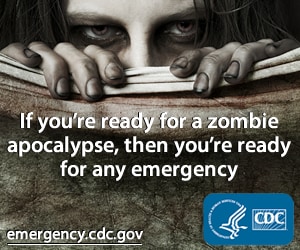 We at DeathRef applaud their efforts. (Dude! It’s the CDC!). But oh, dear hearts — don’t put “Social Media” in the title. We know what you’re trying to do. You’re almost there. Your constant reminders that zombie contingency plans also work for earthquakes quite nearly get in the way of the gag, but we suspect there were stuffy dinosaur overlords in heated board meetings that needed ample assurance this was relevant, useful and no joke.
We at DeathRef applaud their efforts. (Dude! It’s the CDC!). But oh, dear hearts — don’t put “Social Media” in the title. We know what you’re trying to do. You’re almost there. Your constant reminders that zombie contingency plans also work for earthquakes quite nearly get in the way of the gag, but we suspect there were stuffy dinosaur overlords in heated board meetings that needed ample assurance this was relevant, useful and no joke.